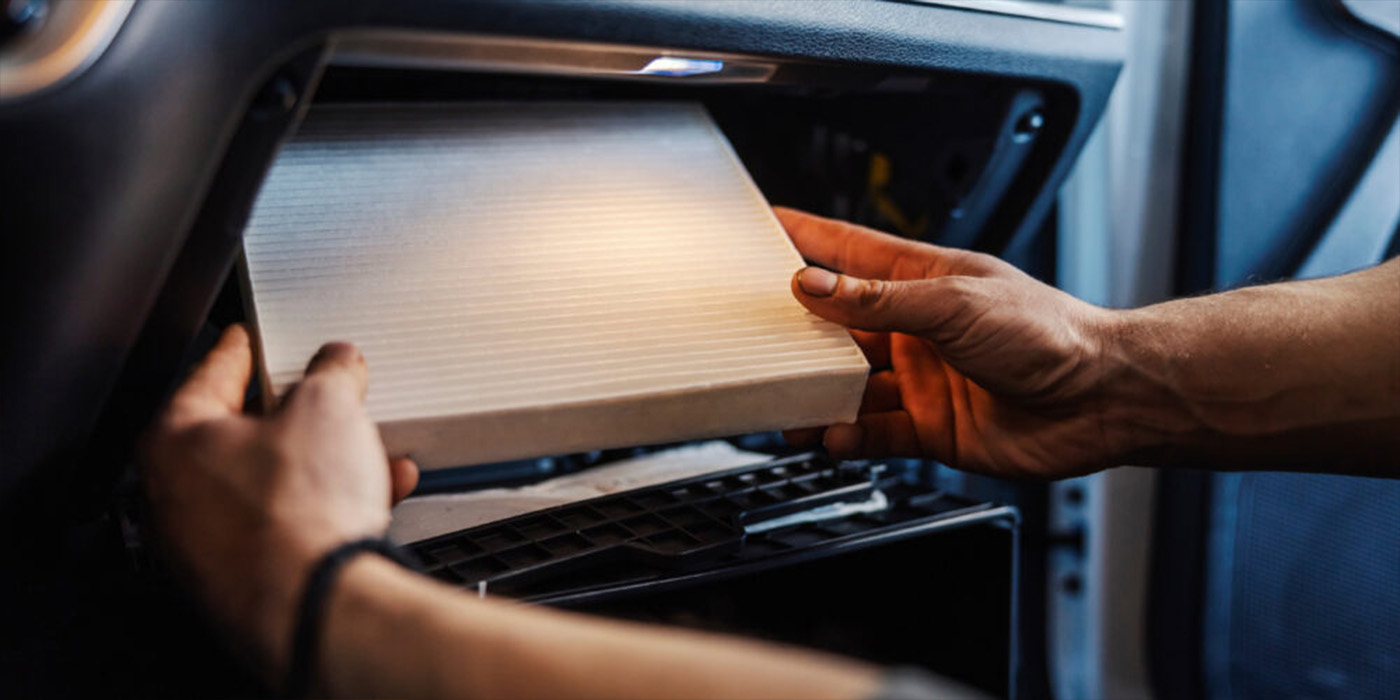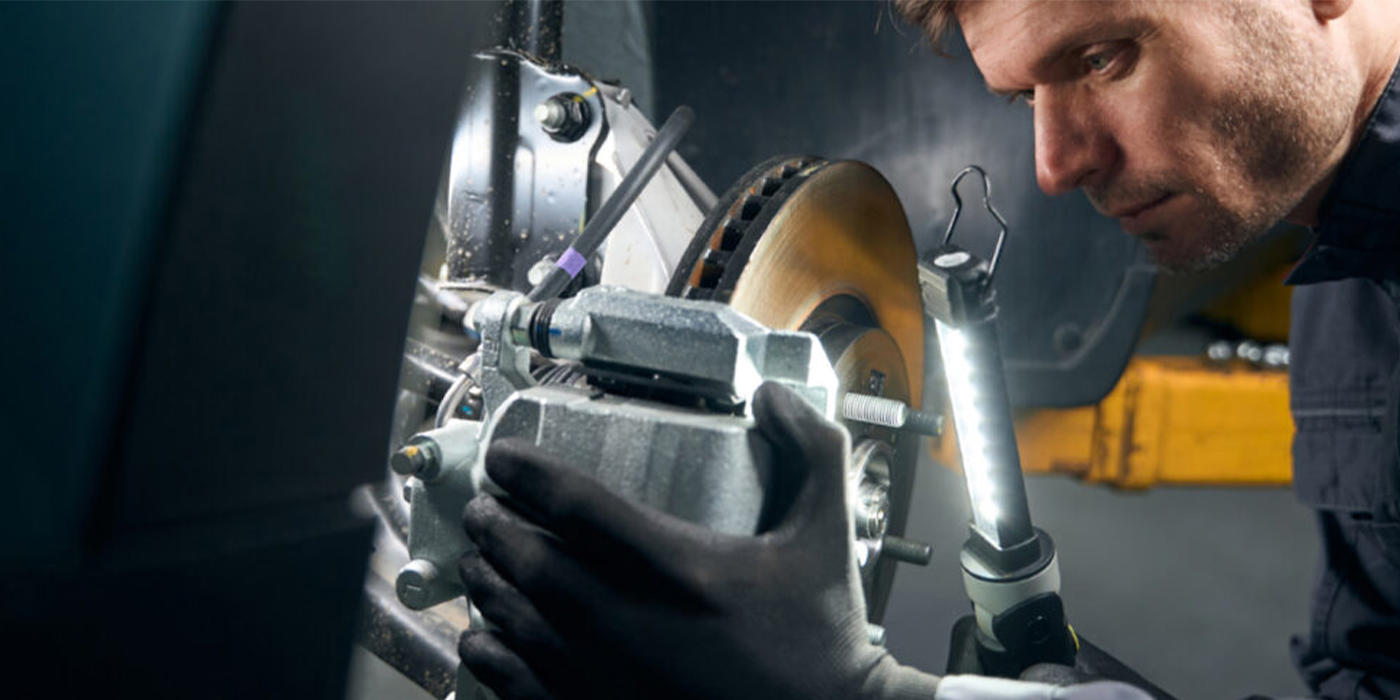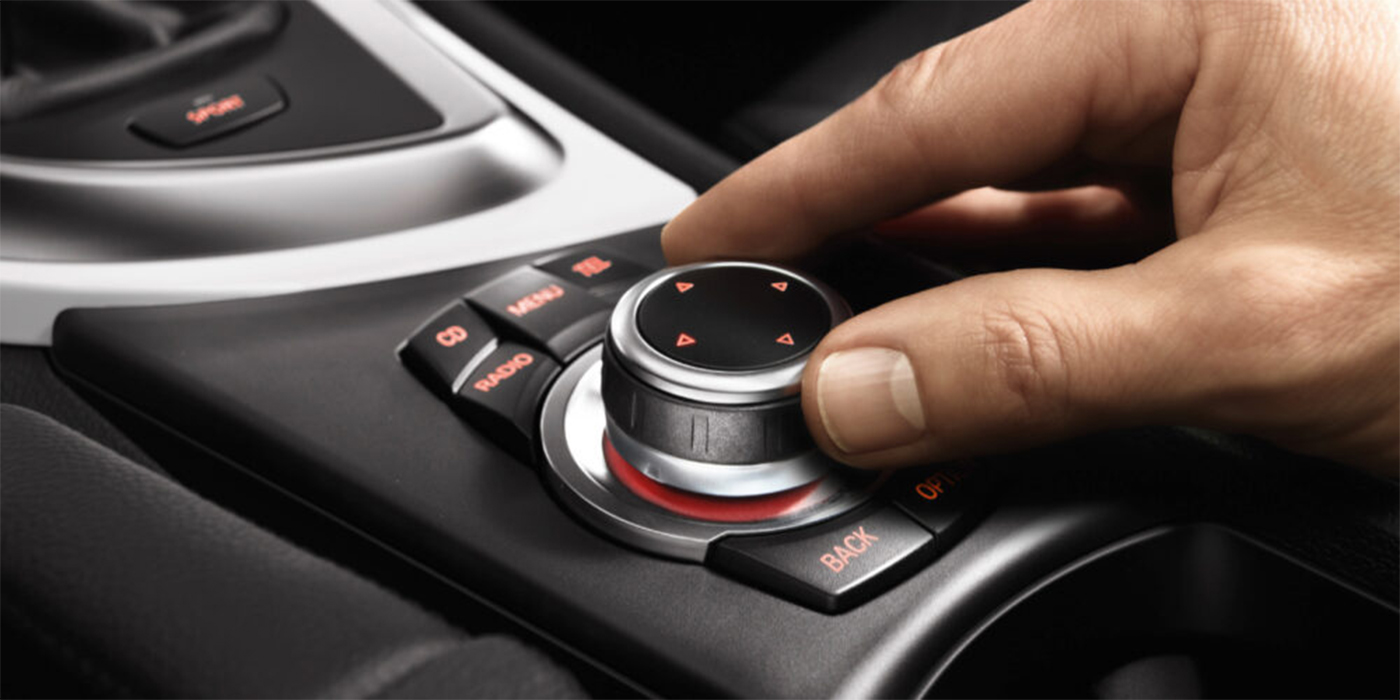By Steve Ferrante
CEO, Sale Away LLC
I love Amazon! Over the past five years or so, I’ve purchased countless items from Amazon: books, DVDs, office supplies, electronics, coffee, assorted gifts and a lot more. In fact, rarely does a week go by without at least one Amazon package arriving from UPS.

I even have my own “Recommended Reading Store” powered by Amazon.com. (You can visit it at http://astore.amazon.com/saawll-20).
Apparently, I’m not alone in my infatuation with the company. In the recently published 2011 Temkin Experience Ratings, Amazon was ranked No. 1 in customer service out of 143 large companies across 12 industries. According to Temkin, the results were based on feedback from 6,000 U.S. consumers that evaluated three components of the customer experience:
1. Functional: How well do experiences meet consumers’ needs?
2. Accessible: How easy is it for consumers to do what they want to do?
3. Emotional: How do consumers feel about their experiences?
Anyone who has attended my sales/customer service training seminars can tell you this is remarkably similar to my teachings of the ingredients of a properly balanced, world-class customer service organization. As an example, far too often I see businesses (in and out of the auto service industry) that focus too much attention on meeting customers’ “functional” needs, compromising or outright neglecting the “emotional” aspects of the customer experience.

As I’ve stated many times, great customer service is a feeling thing — it’s how the customer feels when they’re doing business with you. More importantly, it’s how they feel and the stories they tell when their business transaction is complete. Amazon, like many other companies, figured this out and committed to consistently delivering a complete customer experience.
Speaking to Amazon’s customer-centric philosophy and success, Jeff Bezos, CEO of Amazon, said, “If there’s one reason we have done better than our peers in the Internet space over the last six years, it is because we have focused like a laser on the customer experience, and that really does matter, I think, in any business. It certainly matters on-line, where word of mouth is so very, very powerful.”
Here are a few Amazon best practices that every auto service business can also do to improve the customer experience, customer retention and sales:
They Personalize. When you purchase any item from Amazon, you often will receive an e-mail back that reads, “Customers who purchased what you just purchased are also interested in these items.”
Every time you visit Amazon.com and search for an item, you also are shown alternative items that other customers have ultimately purchased. These types of recommendations personalize the customer experience and make customers feel like someone is paying attention and is interested in helping them. Speaking from personal experience, Amazon not only knows my buying history, but the company uses it effectively to introduce me to other items aligned with my interests.

How well do you monitor and manage your customers’ specific service purchase potential? How well do you communicate this with them in ways that do not feel generic or one-size-fits-all?
They Keep You Informed. One of the biggest consumer grievances in all of customer service is the lack of progress updates once a business transaction is underway. This is especially true of service providers where consumers typically experience anxiety and frustration when they are not kept informed of developments with their job.
This issue rarely, if ever, occurs at Amazon. Place an order and you’ll receive an instant e-mail with your order confirmation and estimated time of delivery. Not long after that first e-mail, you’ll receive another with your shipping information and tracking number. Any questions along the way can easily be administered by e-mail or, if you prefer, by calling a real live human being on Amazon’s customer service line.
Do you practice proactive customer contact? When customers are waiting for service, do you check in with them and provide progress updates? Do you call customers on drop-offs when their vehicle may be serviced for longer than originally anticipated?
They Reward You. Amazon apparently understands a fact I reference in my training: Keeping existing customers is cheaper and more profitable than getting new ones. Accordingly, the company has created a rewards program that rewards customers for their loyalty. As an Amazon Rewards card holder, members receive points on purchases transacted with the card and can then apply those points as rebate dollars toward future purchases — something I regularly do!

Amazon is not alone in this endeavor. Most industry-leading retail and service companies have some type of customer rewards or loyalty program. Why? Because they work to strengthen the customer relationship, make customers feel that their business is valued above and beyond the transaction at hand, and provide an added incentive to continue the relationship.
What does your customer rewards program look like? If you don’t have one, why not? Are you losing business to competitors who may be benefiting from their programs?
They Practice Customer-First When Things Go Wrong. The true test of a business’ customer service effort is not when things are going right, but what is done when things go wrong.
Consider this personal experience I had last December while attempting to purchase an MP3 player as a Christmas present for my daughter. Below is the self-explanatory communication between Amazon’s customer service representative and myself.
Me: “My MP3 product was delivered today. It arrived in a thin white box with ‘BP Consulting’ on the return address. I opened it and was (and still am) shocked and upset to find the product in a plastic bag with PC connecting wire and head phones — that’s it. There is no original product packaging, user manual, mfg. info, etc. I will leave packaging feedback with photo shortly. This is a gift and I can’t give it as-is. Looks like I purchased it, discarded the packaging, and used and re-gifted it. Very Disappointed and Need Resolution ASAP (or sooner).”
Actual response from Amazon.com Customer Service (received three hours after original message): “Hello, I’m sorry to hear your MP3 disc player arrived that way. This usually doesn’t happen. We make every attempt to package items securely to protect them during shipping, but sometimes cases like this occur.
“We always appreciate customer input on how we can improve our store, and I’ve forwarded your message to our shipping department. I want to make things right for you, so I’ve requested a full refund for the MP3 player, since you received the item that way. This refund will appear as a credit on your credit card in the next two to three business days. We look forward to seeing you again soon. Did I solve your problem? Best regards, Donna A.”
This response is right on many levels. There’s empathy, appreciation, no blame, accountability and action. You’ll notice I didn’t ask for a refund but that’s exactly what I received.
Customer service champs like Amazon realize it’s far better to lose a little bit of money now, than it is to risk the loss of a customer for life.
Do you have a customer-first complaint resolution process? Do all of your employees understand it and are they empowered to use it?
Amazon practices world-class customer service every day. Following the company’s lead can make a real difference in your auto service business.
Steve Ferrante is the CEO of Sale Away LLC and has more than 20 years of successful sales, sales management and sales training experience. Through his Pinnacle Performance sales and customer service training program, he has received national acclaim for teaching independent tire and auto service businesses how to improve customer relations and produce greater sales results. Steve can be reached directly at 866-721-6086 ext. 701 or [email protected].













